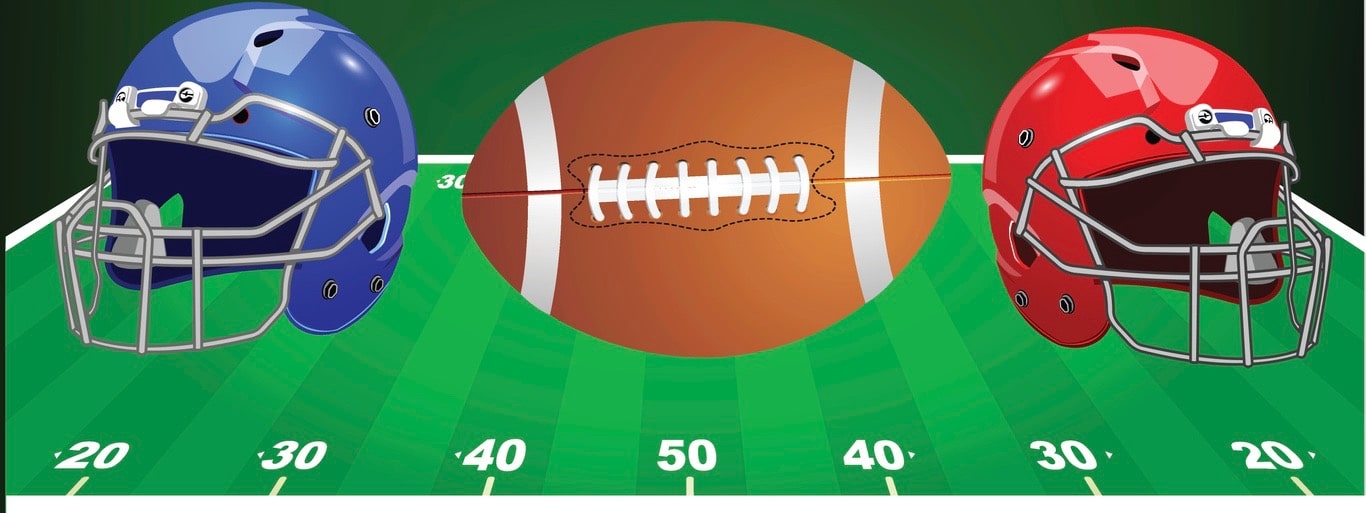Regarded as the marketing opportunity of the year, the Super Bowl has become a one of kind opportunity for advertisers. Most brand marketers can’t afford the mid-game TV spots, but that doesn’t mean that they should miss out on the opportunity to get in front of potential customers.
New research and a supplemental infographic from programmatic media buying services firm Digilant examines consumer behavior trends, data related to viewing preferences, social media actions and shopping behavior regarding this weekend’s Big Game—meant to inspire media budget holders to make informed decisions on how, where and when to buy digital and programmatic advertising before, during and after the 2019 Super Bowl.
In 2018, over 188 million people tuned in to watch the Eagles and Patriots play. Since the Super Bowl first started 51 years ago, it has grown far beyond just your average football game. The unofficial national holiday includes music, lots and lots of food, what has become an internationally famous halftime concert (after the wardrobe incident that went viral), and what some might regard as the most important and most iconic television advertisements of the year.
Advertisers prepare all year for their 30-60 second spot during the game—and rightly so with a price point starting at $5 million. But for people with smaller marketing budgets, there are also great opportunities to align your advertising efforts around the live event. Digilant’s 2019 Super Bowl infographic outlines all the most important statistics surrounding the game to help media buyers and advertisers prepare for February 3rd.
Highlights from Digilant’s 2019 Super Bowl Infographic:
- 188.5 million people watched the 2018 Super Bowl, making it the most watched television event of the year.
- Advertisements become more memorable and elaborate each year. Companies have also started releasing the ads prior to the game. Gillette released their Superbowl ad last week and it has already been viewed nearly 20 million times on Youtube. The impact of these ads on the viewer not only influences their purchasing decisions but also starts a mass-media conversation.
- In 2018, there were more than 170 million social media interactions related to the game across Facebook, Instagram and Twitter.
- The average American will spend $81.17 on the Super Bowl in 2019—this includes food, beverages, decorations and some consumers will even buy a new TV for the big game.
How does all of this information apply to media buyers and advertisers?
Media buyers and advertisers are very accustomed with staying up to date on the US calendar of holidays and pop culture events, so that they can appropriately time the release of advertisements and product offerings. From Christmas to the Fourth of July and even less official celebrations such as Mardi Gras and seasonal changes, media buyers prepare their budgets and creative releases accordingly.
According to Karen Moked, Vice President of Marketing at Digilant, “the Super Bowl is unique in how it sets the stage for real-time, building brand moments for advertisers. Because it is a live event, there are moments that go viral every year, creating once in a lifetime opportunities that can only be had during a live broadcast. From the blackout of 2013 to “Left Shark” in 2015, advertisers and media buyers took to social media, releasing timely content that achieved immediate consumer interest.” It is important for marketers to stay alert during the Super Bowl, taking advantage of any opportunities to join in on event inspired fan conversations.
The average American will spend nearly $100 on the game, so brands need to ensure their ads get in front of viewers at least a week before the game. Even if you aren’t in a category that offers products directly related to the game, advertisers can still jump in on the conversation. The few days before the game, consumers are planning and preparing for the game, so content should be relevant. The Super Bowl isn’t just another football game that you can overlook, but rather a great opportunity to use your media spend to gain consumer interest.




